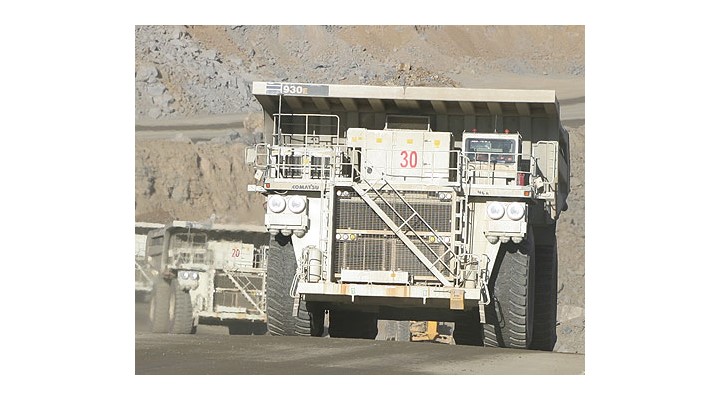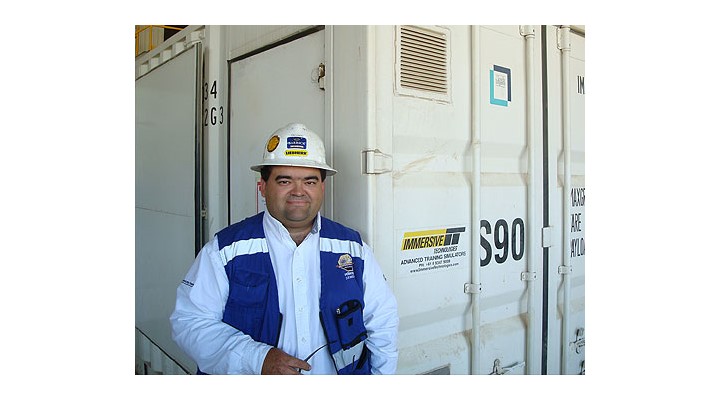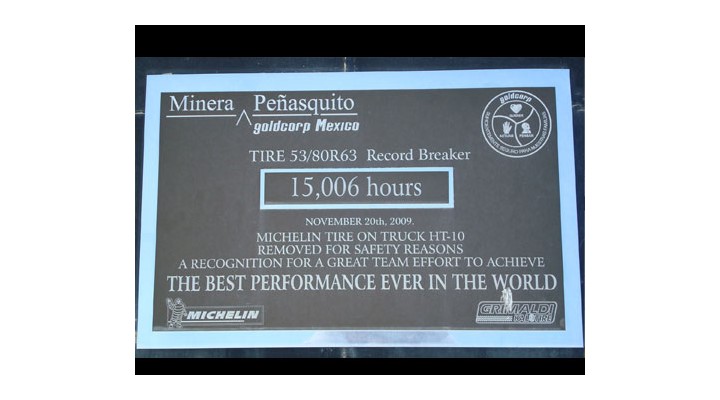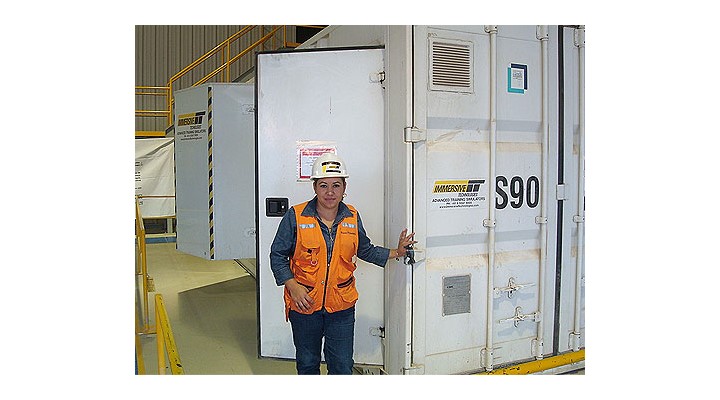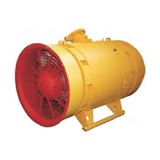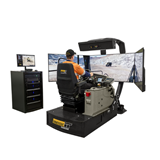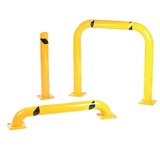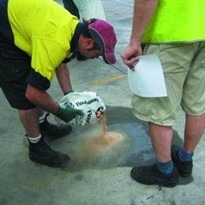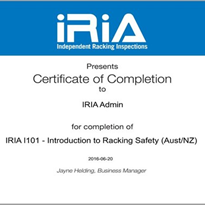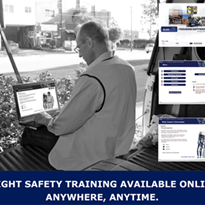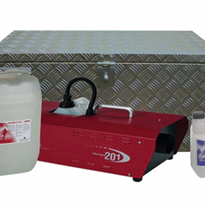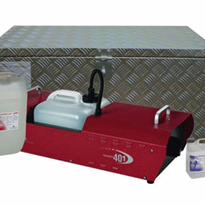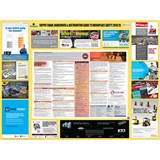Leading from the front
Advanced training technology which helped the major new gold operation achieve a near flawless start-up – with a massive equipment fleet and complex mine plan – remains pivotal to the Canadian-based Goldcorp’s focus on making Peñasquito a flag bearer in its quest to be the world’s "lowest cost and fastest growing multi-million-ounce senior gold producer".
Central to this leadership quest are new industry productivity and safety benchmarks.
Goldcorp continues to advance safety performance across all of its operations and at the end of 2009 had improved measured levels, captured in reportable incident frequency statistics, by 50 per cent year-on-year. The most severe incidents were reduced by more than 17 per cent.
More than 450 of Goldcorp’s senior managers and leaders completed a safety leadership training program while over 1500 employees also completed additional safety behavioral training in 2009, with more employees completing the training this year.
As Mexico’s largest open pit mine, located in a district that was largely devoid of equipment operating skills and expertise when the project was being developed, it continues to deliver stark evidence of the value of modern technology to the safety and productivity ambitions of mining companies.
In fact, the Peñasquito story so far is an extraordinary one in this regard.
Rapidly expanding gold miner Goldcorp is leading Mexico’s gold sector renaissance. The corporation’s properties in Mexico include the Los Filos, El Sauzal, San Dimas and Peñasquito mines, and the Noche Buena and Camino Rojo projects.
Peñasquito, comprising the Penasco and Chile Colorado/Azul pits, has impressive proven and probable gold reserves totalling 17.8 million ounces; silver reserves a further 1070Moz; as well as 7.2 million pounds of lead and 15.9Mlbs of zinc. Goldcorp’s $US1.7 billion project was described by Mexico president Felipe Calderón at the March 2010 mine inauguration as one of the most important major investments in the domestic mining sector in two decades. It would position Mexico among the five largest gold producers in the world, as well as the most important silver producer. Furthermore, it would generate 2500 direct jobs and 12,500 indirect jobs.
Ramping up to a peak sulphide ore treatment rate of 47.5 million tonnes a year will see the total material movement rate at Peñasquito climb to 191 million tonnes per year, or 525,000 tonnes per day. The production rate increases correspond to significant increases in equipment utilisation.
Facundo Arano, mine operation training coordinator for Minera Peñasquito SA de CV, said the massive mine’s primary production fleet consisted of three Komatsu WA1200 wheel loaders, 57 Komatsu 930E 291-tonne-payload mine trucks, four Bucyrus 495HR electric rope shovels, and 8 large Komatsu dozers.
Major mining equipment requirements were determined on the basis of a two-shift-per-day roster for seven days per week to a total of 350 days per year (assuming 10 holidays and five shut down days for weather or other reasons). The mine will operate a total of 700 shifts per year with four mining crews working on a four-on and four-off rotation.
A range of state-of-the-art equipment was delivered and commissioned throughout 2007, 2008 and 2009 as the project development roared forward and a significant mining ramp-up loomed.
"We had a large build-up in the equipment arrivals and of course a challenging mining schedule to meet," Arano said.
"Remember this was also a time of worldwide delays in the delivery of mining equipment and shortages of key inputs such as large earthmoving tyres. This was no easy project delivery. The schedule was extremely tight and we had to train a lot of operators, initially without the use of actual equipment."
This was only part of the challenge: while the state of Zacatecas in north-central Mexico is an historically important mining province, Peñasquito is in an area not only lacking mining skills and experience but one of generally low employment and literacy levels.
"We found most of the local people had no mining experience – many didn’t even have a driver’s licence," Arano said.
"There was a vision to achieve a high level of production and of course safety, but first we had to educate the mine workers and teach them how to operate millions of dollars worth of equipment. The intensity of the training was unique. It was focused on not only operating proficiency but also safe working practices."
"The use of the Immersive Technologies’ Advanced Equipment Simulator was essential."
Approximately 40 per cent of the mine’s haul truck drivers are local women, many of whom hadn’t driven a vehicle before gaining employment at Peñasquito.
Facundo Arano said about 300 equipment operators had been trained with the simulator since 2007. He described simulator training as the ‘core’ of the mine’s training strategy, with the heavily used simulator often running 11 hours a day and about 300 hours a month.
The mine’s Immersive Technologies training simulator has ‘Conversion Kit’ equipment modules for the Komatsu WA1200 wheel loader, 930E haul truck and 495BII Bucyrus shovel.
"I was hired here in this role because of my simulator training experience and certifications," he said. Arano has close to 6 years of simulator training experience, previously having worked for AngloGold Ashanti and Barrick Gold Corporation, both which also utilise Immersive Technologies’ simulators.
"The technology is a tremendous advantage to us, not only in terms of its value at a greenfields site where there is a lack of basic skills in the pool of available mine workers, and therefore as an assessment and early training tool, but also in terms of ongoing skills development and improvement."
"The simulator offers a very realistic training experience. We can train loader operators in the areas of safe loading distance and stability control."
"We train truck operators to operate the vehicles in a way that impacts positively on safety, productivity and maintenance. Similarly the shovels."
"This technology has saved a significant amount of [training] time and money, and certainly helped us in achieving excellent safety levels."
Earlier this year the mine passed 5.5 million man hours worked without a lost time incident or injury.
"Through the [use of] simulator we have been in a position to demonstrate to the operator areas to improve, such as winning seconds in loading areas, and running competitions between operators to achieve perfect scores in angles and timing in specific areas," Arano said.
"Doing this we pass from a productivity by truck of 7,000 tonnes a day to 10,500t/day in 36 months, with a curve of improving of 20 per cent in the first year, 18 per cent in the second year and 12 per cent during the last 12 months."
"We measure this through the dispatch system with real time data."
Arano said nine different key performance indicators were employed to measure the behavior of operators.
"Each one can cause damage to the equipment," he said.
"During the last 18 months – we started to download this information from the trucks in February 2009 – we achieved 12 times less events."
"For example, one of the events measured is the use of the [truck] service brake over 13 kilometers per hour. We have moved from an average of 45 events to six per month."
Arano believes simulator training of haul truck drivers has also had a significant impact on heavy earthmover tyre life, with all the Peñasquito fleet running on expensive Michelin and Bridgestone radial tyres.
"The factory specification is around 7000 hours. Our record is over 15,000 hours with an average life of 12,000 hours."
He says simulator training has helped make Peñasquito one of the leading mines in the world based on the production rate and productivity and safety levels recorded to date.
"I would say we are top 10," he said.
A recent simulator baseline assessment followed by reassessment of about 150 experienced haul truck drivers conducted over a six-month period supports Arano’s view that Peñasquito’s performance levels will continue to improve.
Analysed data from the period, in which operators participated in six structured training scenarios, indicated an average improvement across 70 haul truck errors (for the Komatsu 930E-4) of 84.73 per cent from initial baseline assessment to reassessment. The initial baseline scenario being measured against the final scenario assessment to obtain the improvement figures.
"Safety is number one among our goals," Arano said.
"We are continuing to see improvement in the performance of our operators, which means Peñasquito will play a part in Goldcorp’s aim to be the lowest cost producer."
"But we also have people who not long ago did not work in a mine who have been taught, and are now still being taught, to operate the [industry’s] most advanced equipment as safely as can be managed."
"That is a very good way to start a new mine that is going to be part of a community for a long time."


